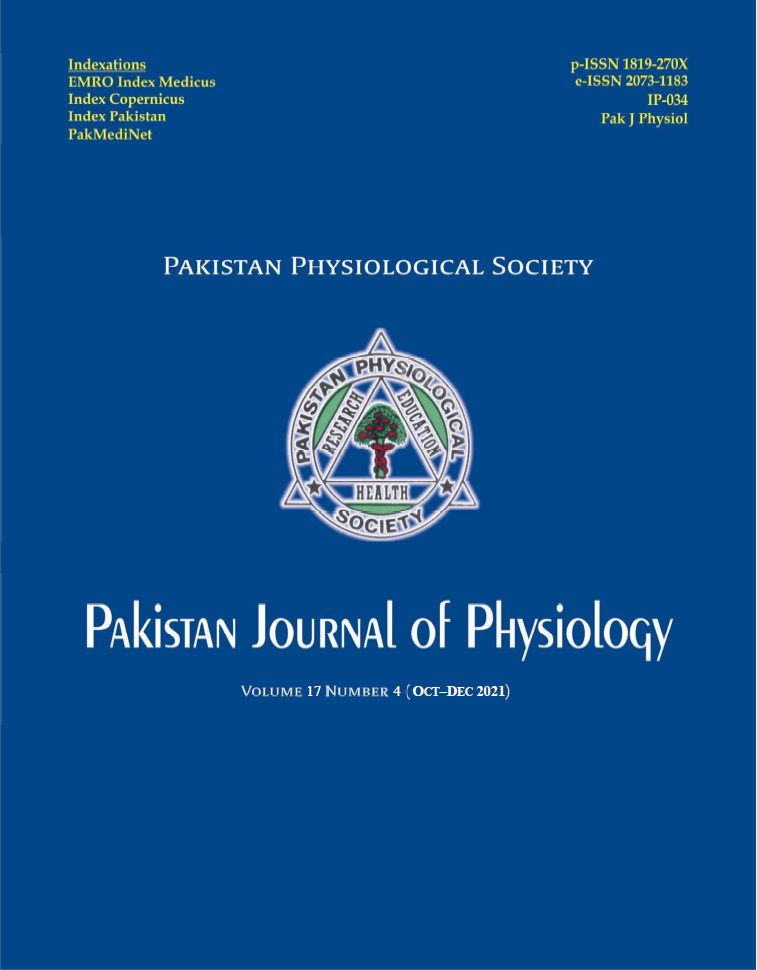CATHETER ASSOCIATED URINARY TRACT INFECTION DUE TO PROLONGED CATHETERIZATION AND ITS CAUSATIVE UROPATHOGENS
DOI:
https://doi.org/10.69656/pjp.v17i4.1362Keywords:
E. coli, Catheter, Urinary Tract Infection, Prolonged, UTIAbstract
Background: The presence of a urinary catheter is the most important risk factor for bacteriuria and Catheter-associated urinary tract infection (CA-UTI). The objective of this study was to determine the frequency of catheter associated urinary tract infections and most common causative uropathogens due to prolonged catheterization. Methods: This descriptive, cross-sectional study was carried out in the Department of Microbiology, Abbas Institute of Medical Sciences, Muzaffarabad from January to December 2019. Total 270 patients of critical patient care areas and wards with age range 18–70 years were selected. Patients suffering from UTI prior to catheterization, suffering from complicated UTI, and already catheterized at the time of admission were excluded. Urine samples were collected from the distal end of urinary catheters under strict aseptic techniques. Samples were cultured and growing microbes identified on the basis of gram stain, colony morphology, and biochemical reactions. Results: Catheter associated urinary tract infections due to prolonged catheterization of patients for more than 48 hours were found in 143 (52.96%) patients. The frequency of common causative uropathogens was: E. coli in 67 (47.18%), Kleibsella spp in 15 (10.56%), Proteus spp in 10 (7.04%), Pseudomonas spp in 8 (5.63%), Staphylococci in 14 (9.86%), Enterococci in 13 (9.15%) and other organisms in 15 (10.56%) patients. Conclusion: The frequency of catheter associated urinary tract infections with E. coli as the bacterial pathogen causing UTI due to prolonged catheterization is quite high.
Pak J Physiol 2021;17(4):19?22
Downloads
Downloads
Published
How to Cite
Issue
Section
License
The author(s) retain the copyrights and allow their publication in Pakistan Journal of Physiology, Pak J Physiol, PJP to be FREE for research and academic purposes. It can be downloaded and stored, printed, presented, projected, cited and quoted with full reference of, and acknowledgement to the author(s) and the PJP. The contents are published with an international CC-BY-ND-4.0 License.











